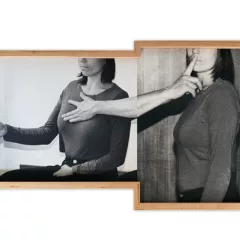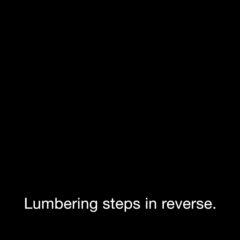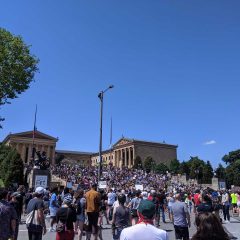As a Brit stranded in Philadelphia until my green card arrives, I was keen to catch up on current art filmmaking from my little island, on view last Wednesday at ICA and International House. Up first in a program titled Return of the New – Recent Film/Video Works from the UK, “What it is Not” is an hour-long compilation of new works ranging in length from six to seventeen minutes, curated by Gil Leung and touring through LUX, a London-based international agency supporting artists’ moving image practice. “Reference is reflexive,” declares the playbill. Many of the short videos enacted this, collapsing in on themselves, while asking how and why we make things, and how these things get displayed, understood, or heard.
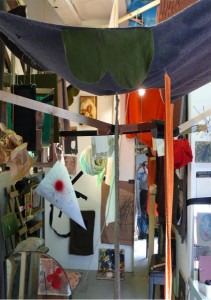
“The Artist” (2010, color video) by Laure Prouvost narrates an extreme, romantic, and violent vision of making art in the studio. Shot almost entirely in hand-held close up, we view chaotically-installed bits and pieces – furniture, animals, tape, wire, paint, George Bernard Shaw’s book Love Among the Artists (1900), blankets — and witness the desperate decision-making process as if from the inside. Dogs bark, and a snapping finger cuts frequently into the crammed story; a voice calls, “Look here.” In one scene, the fictional artist (I think) gets killed, falling from a stepladder into a plate of butter (the imprinted pat joins the installation, “in memorium”). I recall, with a shudder, my first studio in dodgy east London, and the panic of figuring out what on earth to do there.
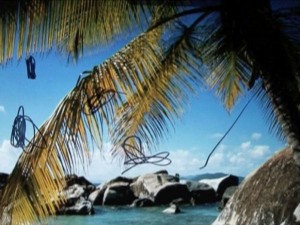
Mark Leckey’s “Concrete Vache or Ten Years within a Contemporary British Art Gallery as Scripted by Itself” (2010, color video) originally produced meaning in relation to his solo show about Milton Keynes art gallery’s architecture and history. A computer-generated voice reads spliced-together press releases and critical reviews — incisive and nonsensical by turns – over images and footage of past exhibitions, that flash like a Frieze flip-book. In the auditorium on Wednesday night, without the archival installation context, the funny and engaging film read more as a critique of stereotypically British contemporary art (lots of body parts, detritus, and black humor) and the convoluted language we use to make sense of it.
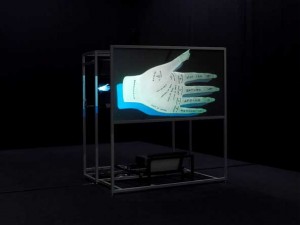
Ben Rivers’ post-apocalyptic science fiction documentary “Slow Action” (2011, 16mm film) followed the LUX presentation. Rivers is deservedly a big name in Europe, and this 42-minute piece introduced his work to a small but enthusiastic Philadelphia audience. The film depicts four semi-fictional, utopian islands, using real footage shot by Rivers at places like the beach resort Lanzarote in Spain, and the deserted Japanese coal mining location Gunkanjima – a stunning group of geometric modernist buildings jutting from a rough cliff face.
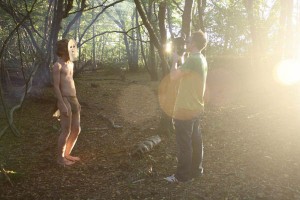
Accompanying the richly-textured 16mm images are eerie, sci-fi soundtracks and spoken, ethnographic fairy tales by Mark von Schlegel. A reference to “ancient concrete” suggests that we are viewing lost ways of life yet to come, from the vantage point of the future. But the retro aesthetic throws this off, and being lost not just in “no-place” but also in “no-time” is one of the many pleasures of this beautiful and philosophical work.
I left International House glad to have been transported to poetic, fictional worlds, and, for a little while, back home.
ICA, where I’m currently interning, and International House will present a feature length film, Two Years at Sea (2011, HD video), by Ben Rivers on Wednesday 9 May, 7pm.



